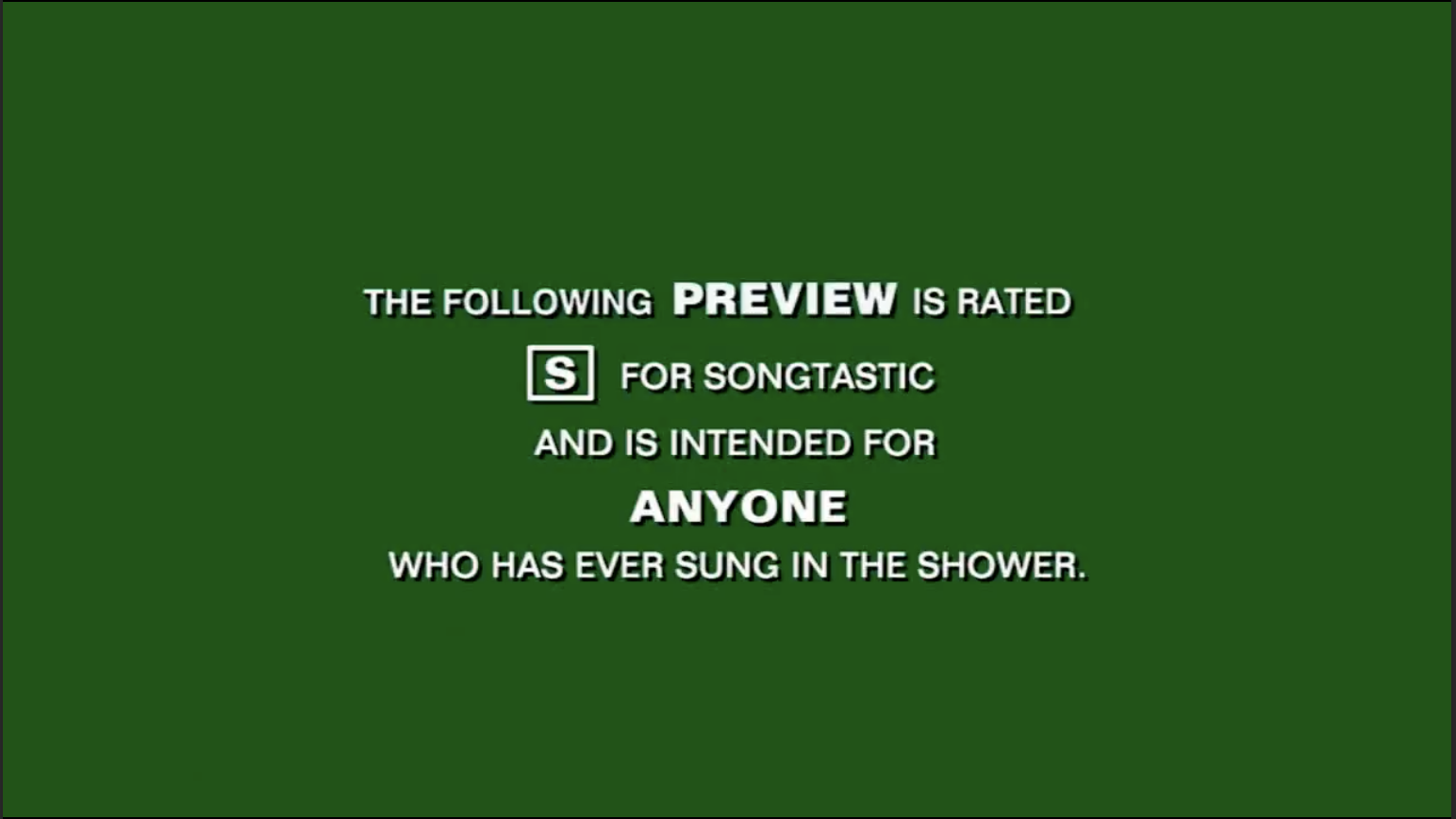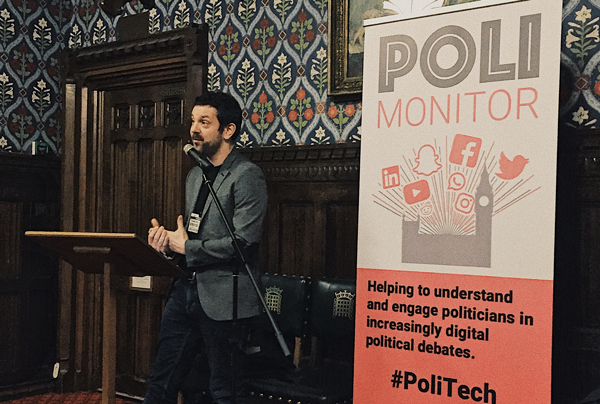Details
Short video on ‘Examining Instagram Time: Aesthetics and experiences’ for ‘Approaching Instagram’ roundtable at the International Communication Association 2020 conference; originally to be held in Gold Coast, Australia, held virtually in May 2020 due to COVID-19. Full roundtable videos and summaries available via Tama Leaver!
Transcript
Hello there, I’m Tim Highfield from the University of Sheffield, and today I’d like to talk to you about TIME. I’m researching how time and temporal concerns are critical considerations for digital media platforms, as means for them to intervene in user activity and for how they are presented to and experienced by users. This brief presentation, then, puts forward the multiple temporalities – structural and aesthetic – experienced on Instagram, as a prompt for further discussion among our ICA panel and everyone watching!
As Tama, Crystal and I discuss in our Instagram book, elements of the temporal have been baked in to Instagram from its beginnings; the Insta of Instagram serves both to underline the immediacy and eternal now of the platform and harken back to the retro photography of Instamatic cameras – something explicitly depicted in Instagram’s early logos, and reflected in the vintage artifice of the early Instagram filters.
While projecting the present into the aesthetics of the past, though, what was being posted was promoted as the ‘now’, with norms of in-the-moment, as-it-happens sharing and live documentation – and even if this presentism wasn’t true for many users, cultural practices were developed primarily for designating content dating from a time other than that of posting, from #latergram to popular hashtags for sharing explicitly historical content in the likes of Throwback Thursday and Flashback Friday.
The popularity of these throwback practices complicated ideas around the insta- of Instagram, with their deliberately historical lookback seemingly going against Instagram’s rationale and overt presentism by being explicitly out of sync with the current events in a user’s feed; and in some ways, these practices are making a comeback during COVID lockdowns, as posts wishing or hoping to be with multiple people or travelling, for instance, become contextualised as not being ‘now’.
As for how Instagram time is structurally presented to users, this has become increasingly complicated. The user experience is still framed around the constant now — content on the feed is presented in relation to how long ago from the moment of opening the app they were published, losing their temporal precision as seconds become minutes become hours become days.
However, at the same time the chronology of the feed has become distinctly non-linear through algorithmic ordering, hindering reconstructing timelines or even determining if you are missing content. This reflects the disparate aims around the now for Instagram: encouraging users to spend more time engaging with content (and ads) through endless scrolling and non-linear ordering, and a sense of responsibility over how much time users spend on the platform with screentime reports and notifications of when you have seen all recent content from the accounts you follow.
Culturally, too, contestation is seen among the different temporalities of posts and Stories: the implied permanence of the photo stream is contrasted with the ephemerality of Stories, where content usually lasts for only 24 hours — but complicated further by the ability to add selected Stories to a user’s profile, offering the opportunity to make permanent the temporary, and by user practices of curating and removing posts from their stream. Different temporal features apparent within Stories also highlight additional temporalities: the disposable ephemerality of what’s happening and the extended live streaming of the now vs. the trapped seconds-long loops of Boomerang, for instance. Meanwhile, more aesthetic contestation can be seen through the growth of filters and effects for Stories, bringing forth a new realisation of the aesthetics of nostalgia on Instagram with explicit throwbacks to VHS tape, camcorder recording, physical film, and Polaroid cameras.
What is Instagram time, then? Both aesthetic and structural, what temporalities might there be here, whether platformed or user-led? How is time experienced by Instagram users, and how is it repositioned and reframed by the platform’s own architecture, displays, and affordances? I look forward to discussing this more with you all; feel free to ask me anything, and for more information about my digital time research, see timhighfield.net or get in touch with me on Twitter or Instagram! Thank you.


